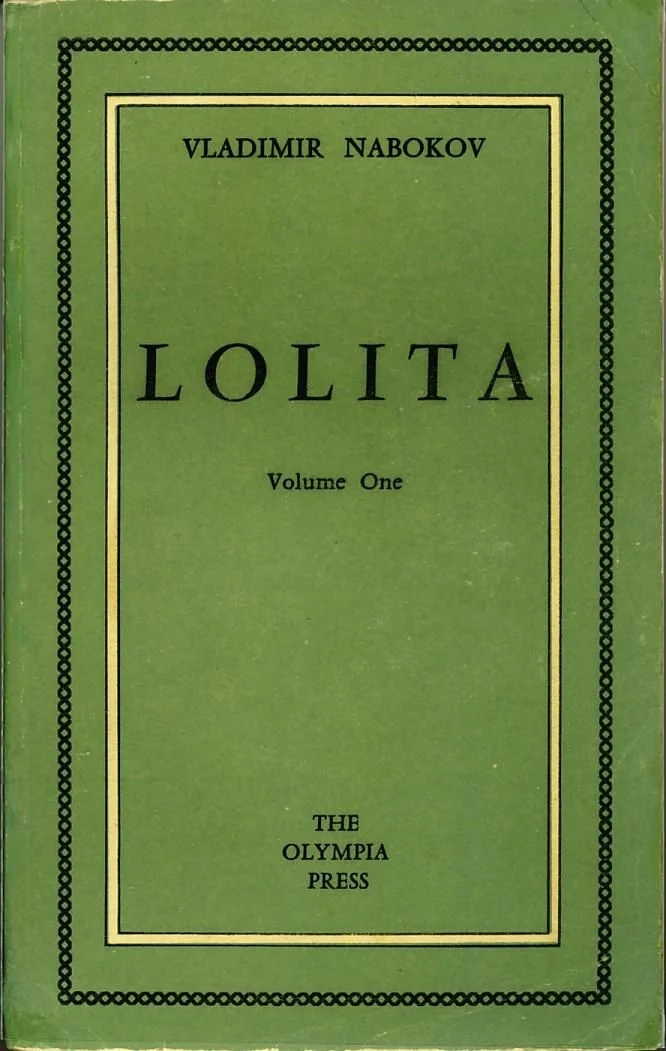Louisa May Alcott’s Little Women, first published in 1868, remains a deeply cherished literary classic. Its emotional resonance, strong moral compass, and relatable characters have allowed it to endure through centuries. However, it is through the lens of cinema that Little Women has continued to reach and inspire younger audiences, adapting its themes and characters to reflect changing values, artistic sensibilities, and societal debates.
Why the March sisters remain relevant
At the heart of the story are the four March sisters—Meg, Jo, Beth, and Amy—each with distinct personalities and aspirations. The power of the narrative lies in its diversity of perspectives: there is no single “correct” path to happiness or fulfillment. Jo, the ambitious writer; Meg, the family-oriented caretaker; Beth, the moral anchor; and Amy, the driven artist—each sister embodies different forms of strength and vulnerability.
Film adaptations make these qualities more visible and emotionally impactful. Through performance, costume, setting, and cinematography, the characters come to life in a way that speaks directly to a visual generation. In particular, Jo March’s passionate individuality continues to resonate as a symbol of artistic ambition and personal independence.
Major film adaptations and their generational impact
Each cinematic adaptation of Little Women has served as a mirror of its time, emphasizing certain themes to speak more clearly to the audience of the moment:
- 1933 (directed by George Cukor): With Katharine Hepburn as Jo, this version emphasized resilience during the Great Depression. The focus was on familial bonds and perseverance through hardship.
- 1949 (directed by Mervyn LeRoy): More traditional in tone, this post-war adaptation reflected ideals of domesticity, stability, and moral clarity.
- 1994 (directed by Gillian Armstrong): Marked a shift toward feminist interpretation. Winona Ryder’s Jo captured the spirit of the 1990s—a woman seeking identity, authorship, and purpose beyond societal expectations.
- 2019 (directed by Greta Gerwig): Perhaps the most layered, this version restructured the timeline and foregrounded themes of creative ownership, economic independence, and gender equity. Saoirse Ronan’s Jo is both timeless and distinctly modern.
Modern themes, modern storytelling
The 2019 adaptation particularly stands out in its treatment of Little Women as both a personal story and a broader cultural commentary. Greta Gerwig’s choice to blend the narrative with Jo’s journey as a writer repositions the story itself as a powerful act of self-expression.
The restructured timeline reflects the way memory and identity operate in real life—nonlinear, emotional, and interconnected. Gerwig’s adaptation also explores the idea of women as creators, not just characters. Jo’s negotiation over the ownership of her book is a commentary on female agency, authorship, and economic power.
The visual evolution of the March sisters
One of the strengths of Little Women in film is its ability to evolve visually. While earlier adaptations often leaned into theatricality and formality, more recent versions use natural light, handheld camera work, and nuanced performances to offer intimacy and realism.
This evolution in visual style has allowed the story to feel more personal. Audiences feel invited into the March home, into the emotions and conflicts that shape each character. These stylistic updates bridge the gap between 19th-century Massachusetts and today’s global viewers.
Lessons that never fade
The endurance of Little Women is also due to its timeless life lessons, many of which are especially relevant today:
- Individual purpose: Each sister pursues her own version of fulfillment. Whether domestic, artistic, or spiritual, the message is clear: all paths are valid.
- Female solidarity: The story prioritizes emotional bonds over rivalry. Despite disagreements, the sisters uplift and support each other.
- Resilience through loss: Beth’s tragic death is not only a moment of grief but also a reflection on how love and memory shape our lives.
- Economic independence: Jo’s journey as a writer in the 2019 version highlights the importance of financial agency and professional respect.
These messages appeal to modern audiences navigating questions about purpose, identity, and equality. Film provides an accessible, engaging way to internalize and reflect on them.
Making literature accessible to younger generations
Not every reader today will pick up a 19th-century novel, but many will watch a two-hour movie. That’s why film adaptations are so powerful—they offer a visual gateway to classic literature. Little Women in film is more than an interpretation; it is an invitation. Through dynamic storytelling and modern relevance, new generations are encouraged to explore the original text, its context, and its author.
Additionally, each adaptation fosters interest in literature more broadly. Watching Little Women often leads to discovering other works by Louisa May Alcott or similar female voices of her era. In classrooms, discussions sparked by the film version often deepen understanding and engagement with the novel itself.
Why it still matters
In an era where media often prioritizes spectacle over substance, Little Women offers something different. Its power lies in its sincerity and the emotional authenticity of its characters. The struggles they face—balancing dreams with reality, asserting personal values, navigating love and grief—remain universally understood.
More than just a period piece, Little Women endures because it respects the complexities of its characters and trusts its audience to value quiet strength. It doesn’t shy away from hardship, but neither does it abandon hope.
A story that keeps evolving
What ensures Little Women’s continued relevance is its adaptability. Future directors will undoubtedly reinterpret the March sisters in ways that resonate with their own times—perhaps exploring racial diversity, queer identity, or global perspectives. The foundation is solid, but the possibilities are endless.


